Shopping for skincare isn’t that hard most of the time. It’s easy to choose a cleanser (as long as it washes the grime off) and a night cream (it has to feel rich and luxurious with your fave oils). All you have to do is try out fun, new products until you find the ones you love.
But it’s a lot more intimidating when you start branching out to those extra steps, like essences and actives. These all fall under one category — facial serums. And any skincare junkie knows that choosing one isn’t as simple as finding the bottle with the cutest packaging and plucking it off the shelf at the drugstore.
You have to do research to make sure your skin will jive well with certain acids and compounds. Serums are more potent, so it’s scarier to simply do trial and error.
Worried about making mistakes as you shop for a serum? Read on to learn the right way to choose a face serum that will make your skin feel glowy and happy. Celestolite is here to guide you through it all.
What is a Serum? Do I Really Need One in My Skincare Routine?
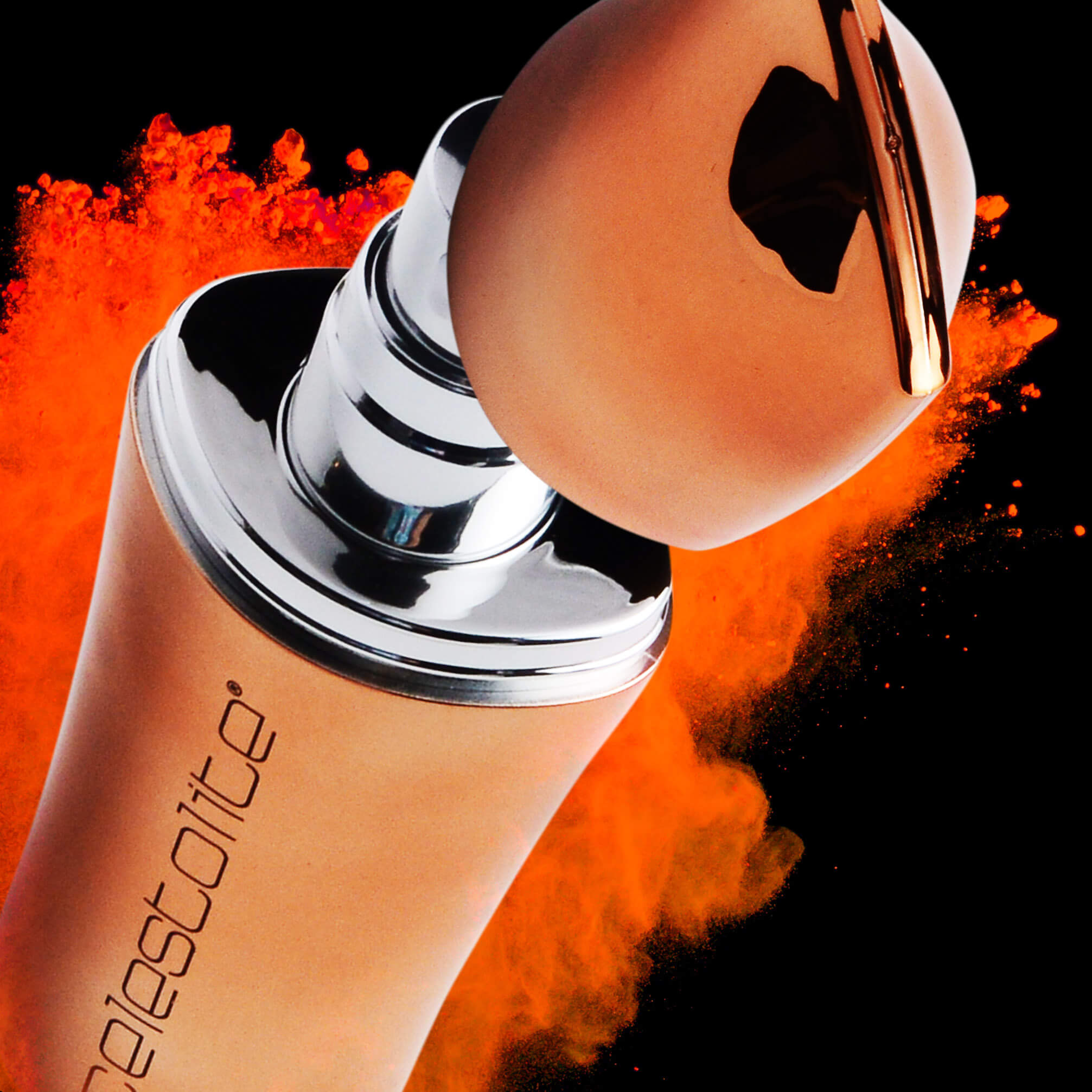
A serum is a potent concentrate of active acids or botanicals. It’s thicker in consistency than a toner, but is way thinner than an emulsion or cream. It doesn’t have the same heavy oils, butters, and emollients as your moisturizer. So it ends up feeling more lightweight and breathable on your skin.
Serums are usually formulated to have an intense slip with the help of hydrating glycerin or silicones. This helps it spread and glide like a dream on your skin. Our Jade Spectra Phyto Silk serum is a great example of this! But the star of each serum is the potent ingredients that make it powerful enough to target your most pressing skin concerns.
Unlike heavy, creamy, oil-based moisturizers, serums are typically water-based. That makes it easier for the potent actives to absorb into the deeper layers of your skin. These actives include fan favorites, like vitamin C, and gentle exfoliants to brighten up the appearance, like glycolic acid.
Serums are known to be concentrated and undiluted, containing only the good stuff without the fillers like oils and large amounts of water.
Because it has a higher percentage of actives, it can be more expensive than other skincare products. But if you want to target specific skin issues, it’s going to be worth the hefty price tag.
The Most Popular Types of Serums and What They Do
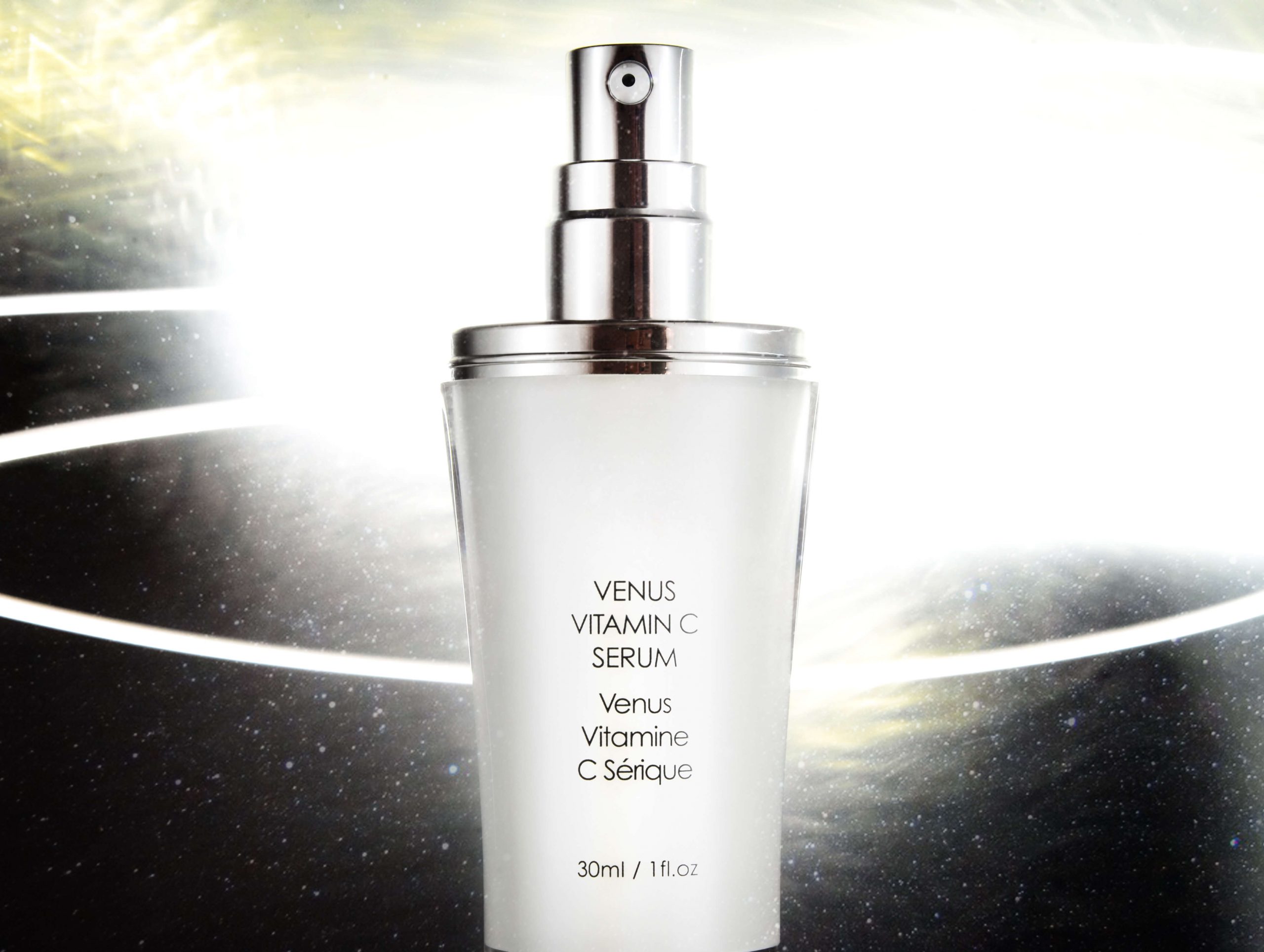
Everyone goes through skin issues of their own. While one person deals with the appearance of hyperpigmentation, another could be concerned about dehydration. As a mom starts to notice the visibility of wrinkles and deep lines on her face, her teenage daughter could be struggling with inflamed-looking skin.
That’s why serums are formulated in many different ways. There are so many types of serums out there, and you’ll find several of them here at Celestolite. Here are three of the most popular kinds:
Serums That Give the Skin a Brighter-Looking Finish
These are serums formulated to even out the look of your complexion and eliminate the appearance of dark spots. The most popular type is a serum full of vitamin C.
One serum that puts vitamin C centerstage is our Venus Vitamin C Serum. It’s infused with ascorbic acid and orange peel oil to fade the look of dark spots and eliminate the appearance of fine lines from your complexion, leaving it looking clearer and younger-looking.
The Venus Vitamin C Serum can be found in the Celestolite Venus Collection, a line of products designed for sensitive skin.
Serums That Give the Skin a Bouncy, Hydrated Feel
Those with dry, parched, flaky skin need an extra layer of hydration to balance out their skin’s moisture levels. By applying a weightless hydrating serum, such as the Celestolite Mars Stellar Serum, before your night cream, moisture penetrates deeper into your pores.
These serums contain humectants and hydration-boosting actives, such as ceramides, aloe vera extracts, hyaluronic acid, glycerin, and more.
Serums That Reduce the Appearance of Wrinkles
These serums are designed to plump up the look of the skin to reduce the appearance of wrinkles and fine lines. They contain botanicals with potent properties, like green tea, grape seed, or acai extracts.
More often, they’re rich in skin vitamins too, because these are also vital in giving the skin a firmer and tighter look. This is exactly what the Jade Spectra Bead Serum from Celestolite does.
There are tons of other types of serums, but these are among the most common. If you’re lucky, you can score a multifunctional serum that offers all of the benefits listed above, like the Venus Vitamin C Serum.
But because there are so many kinds of serums to choose from, it can be overwhelming to buy one. Here are some quick and easy steps you can follow to assess which serum is best for you.
Step 1: Assess Your Skin Type and Learn What Kind of Formula It Craves
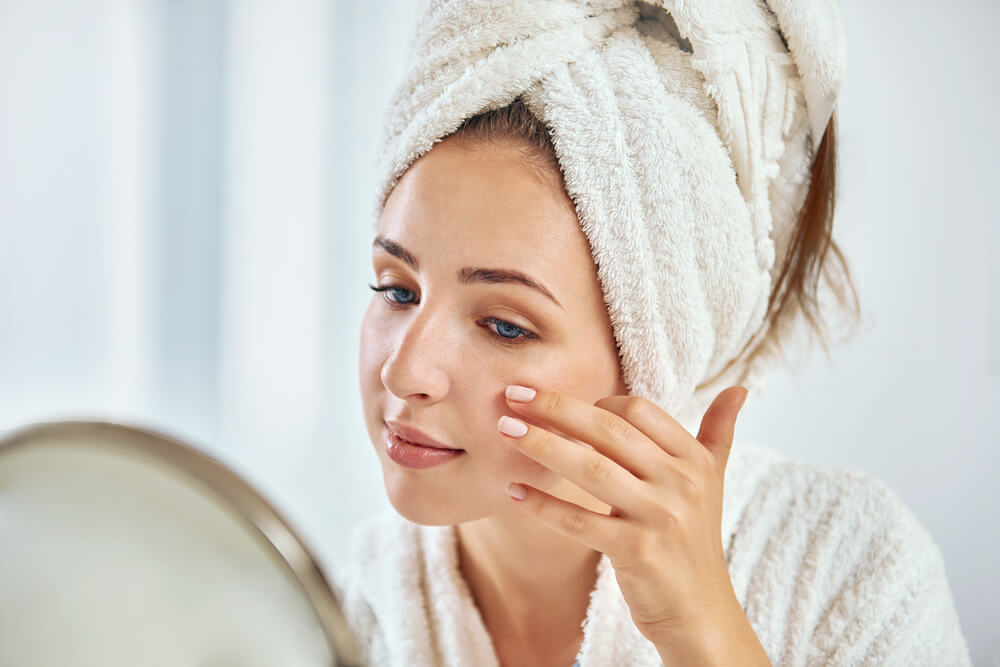
You can’t just select any random serum and cross your fingers that your skin will love it. A lot of research and thought has to go into understanding your skin before you even look for potential serums. You need to know what ingredients your skin loves, and what it can’t tolerate.
The most basic way of assessing your skin is determining your skin type. Do you have oily skin that feels uber greasy as the day goes by? Or dehydrated skin that feels parched and flaky? Or even super sensitive skin that only puts up with the gentlest ingredients? The serum you choose will depend on that.
Step 2: Think About Your Most Pressing Skin Concerns
What are the skin issues that cause you the most trouble? Is it those pesky dark spots your pimples leave behind, or intense flaking during the colder months? Or maybe your skin is sensitive and feels like it’s been rubbed raw recently?
Determining what exactly you want your serum to target makes choosing one a lot easier. Serums are made to target specific concerns. So before you even look at your options, you have to know precisely what problem you’re trying to solve.
Step 3: Look for High-Quality Skincare Brands to Get Your Serum From
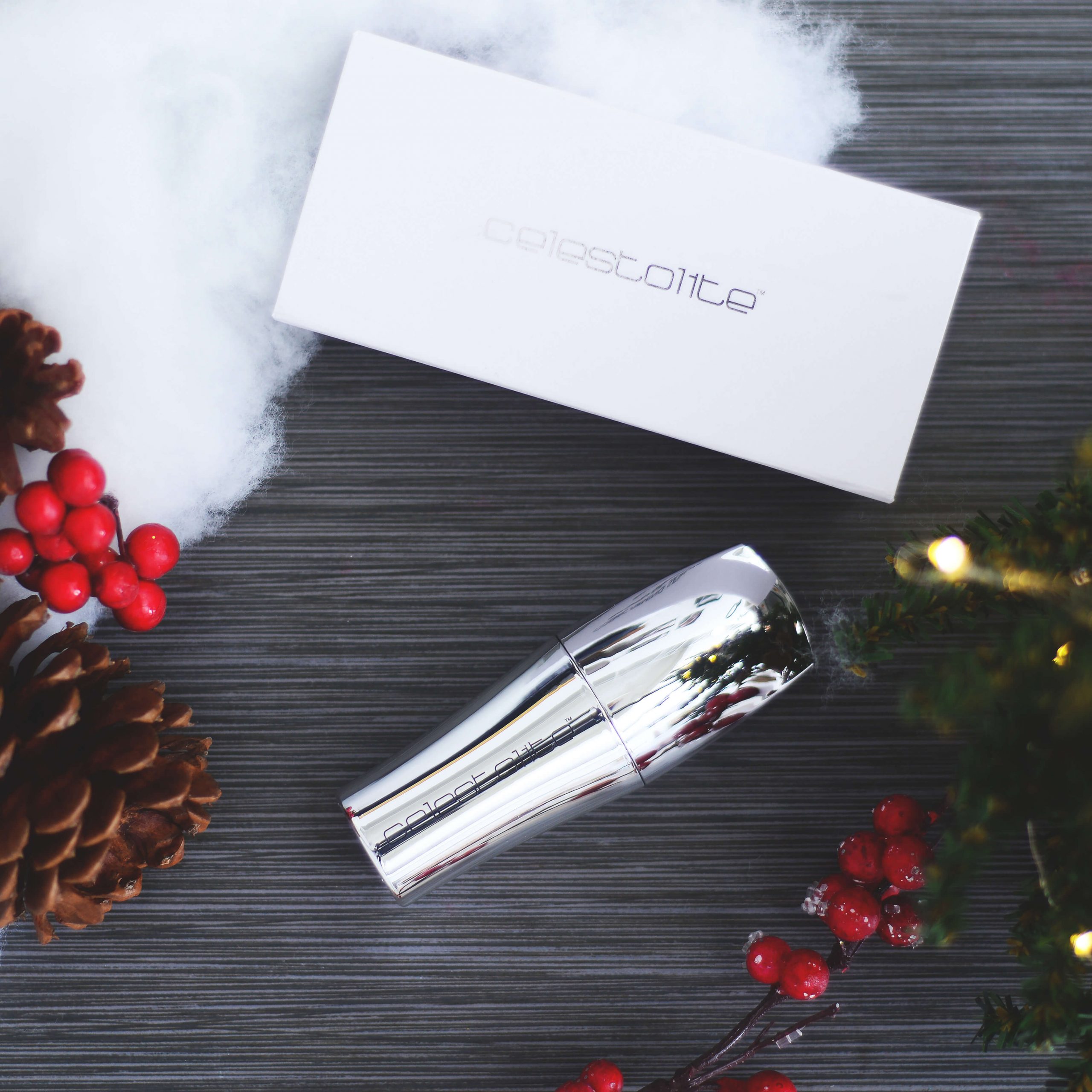
Never settle for cheap, sketchy brands, even if they’re more affordable. Always go for a skincare brand that is renowned and has a good reputation in the industry.
High-end brands like Celestolite may be more costly, but our price tag is only living proof that all your serum’s ingredients are high-quality and sourced properly.
If you have extra cash you can burn, don’t scrimp on skincare, especially on your serums. It’s an investment — this is your skin we’re talking about! Future you from 10 years down the road will thank you for getting it only the best serums. Your skin deserves only the best. Don’t settle for anything less!
Step 4: Read the Serum’s Ingredients Carefully to See If They Can Help You
When a serum from a brand of your choice has caught your eye, the next step is to assess its ingredients. You have to make sure they’ll actually benefit you and help target your skin concerns.
Let’s look at the Venus Vitamin C Serum as an example. Obviously, it’s got ascorbic acid, also known as the gold standard among all forms of vitamin C. That makes it a terrific serum for more mature skin.
Mica is another key ingredient in the Venus Vitamin C Serum. This mineral is used for adding a luminous radiance to the skin. It has a special shimmer effect that makes your skin glow to the heavens. It’s perfect for those with dull skin looking to brighten their complexion a bit.
Step 5: Incorporate the Serum into Your Skincare Routine Correctly

You should apply your serum after cleansing and toning and before moisturizing. Since serums have a light and weightless feel, they’re very easy to layer under your thicker products, like creams and sunscreen. These emollient ingredients will help lock in all your serum’s vitamins and hydration in the deeper layers of your skin.
As for when to use serums, you can technically use them during the day or at night. Just make sure you’re not doing it both times if you’re dealing with a powerful active, like exfoliating acids. Use those during your bedtime routine instead of both day and night to avoid irritation and inflammation.
A Word of Caution to Those with Sensitive Skin
If you’re looking to use a vitamin C serum, it’s worth noting that it can be very acidic. This can cause skin irritation for those with delicate skin conditions, especially when the concentration is very high.
To prevent any adverse effects from your vitamin C serum, make sure you only apply a thin layer each time. If you’re just starting out with actives, use your serum once a week first, building up to every other day, gradually making your way up to daily use.
Those with sensitive skin should always do an arm patch test of any serum before applying it to their whole face. That way, you can quickly flag whether you might have an allergic reaction to any of the ingredients. This is highly important for all skincare products, but especially so for serums, since they’re very potent.
Conclusion
The possibilities are endless when it comes to serums. Some exfoliate those nasty dead skin cells off, others hydrate your skin deeply, and there are a ton that brighten up the look of your skin for a clear, radiant appearance. You could have an arsenal of serums that each target a different skin problem.
And that’s great news, because it means there’s always going to be a face serum out there for you, no matter what your skin type and most urgent skin concerns are. You just have to do proper research to snag the one that’s going to be perfect for you.
If you want to target multiple skin concerns at once, look no further than our Venus Vitamin C Serum. It evens out the appearance of your skin tone, plumps and tightens the look of the skin, and leaves the skin feeling hydrated. Just a pump or two and you’ll be glowing all day long.



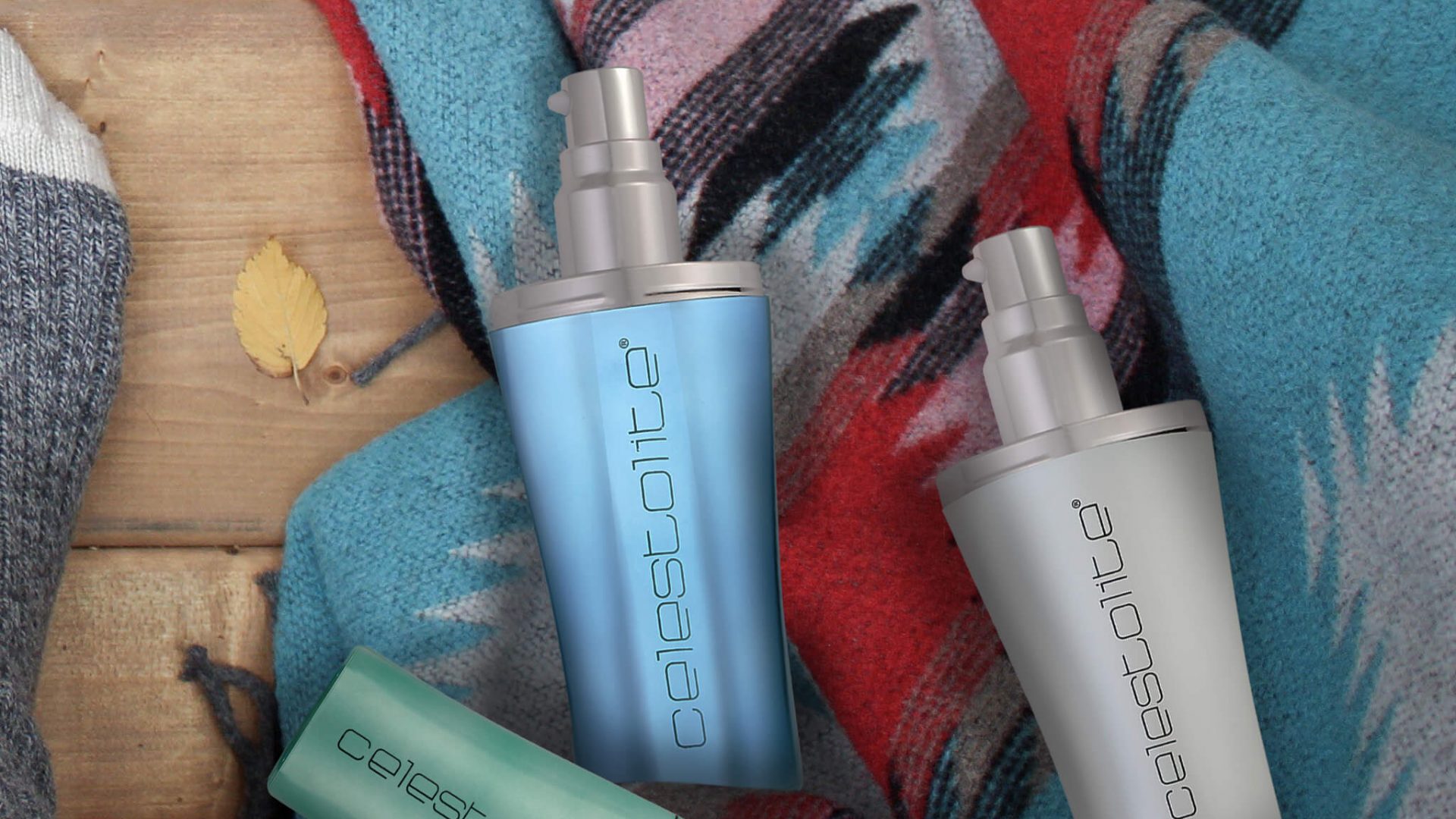
0 comments on “How to Choose a Face Serum”